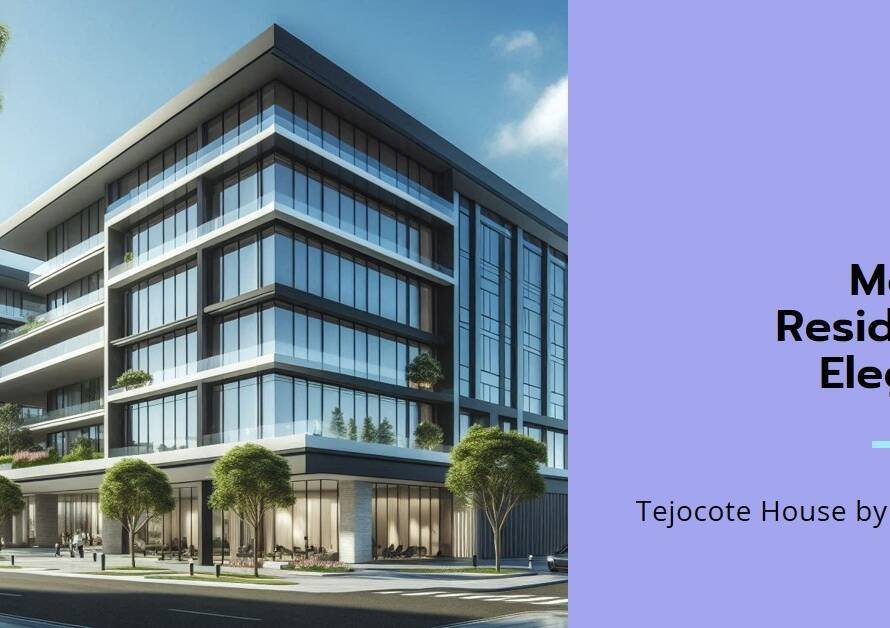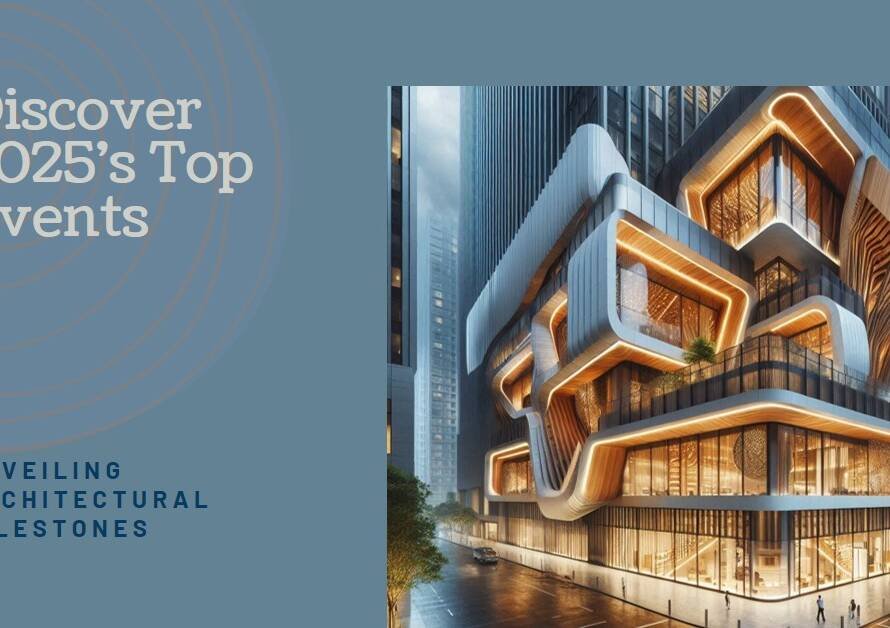
Table of Contents
- Introduction: The Symbiosis of Irrigation and Environmental Design
- Harnessing the Power of Water: A Foundational Element
- Drip Irrigation: Precision in Water Delivery
- Sprinkler Systems: Versatility and Efficiency
- Sustainable Practices: The Core of Environmental Design
- Smart Irrigation: Integrating Technology
- The Role of Soil: Foundation of a Healthy Landscape
- Rainwater Harvesting: Maximizing Natural Resources
- Xeriscaping: Designing for Arid Environments
- Conclusion: The Future of Environmental Design
Introduction: The Symbiosis of Irrigation and Environmental Design
Irrigation, a fundamental aspect of agriculture, has evolved significantly over centuries. Its principles now extend beyond traditional farming into the realm of environmental design. Integrating irrigation into environmental design can revolutionize the way we approach sustainability, resource management, and ecological balance.
Understanding how irrigation principles can be adapted for environmental design is crucial. This blog delves into the synergy between irrigation and environmental design, highlighting innovative approaches, sustainable practices, and the benefits of such integrations.
Harnessing the Power of Water: A Foundational Element
Water is an indispensable resource in environmental design. Effective irrigation ensures that landscapes receive adequate water, promoting lush, healthy growth. By understanding the principles of irrigation, designers can create environments that are both aesthetically pleasing and sustainable.
In environmental design, water management is paramount. Irrigation systems must be tailored to suit specific landscapes, ensuring efficient water use and minimizing wastage. Advanced irrigation techniques, such as drip irrigation and sprinkler systems, play a pivotal role in achieving these goals.
Drip Irrigation: Precision in Water Delivery
Drip irrigation is a technique that delivers water directly to the roots of plants. This method significantly reduces water wastage, making it an ideal choice for environmental design. By using drip irrigation, designers can ensure that plants receive the exact amount of water they need, promoting healthy growth and reducing the risk of overwatering.
The benefits of drip irrigation extend beyond water conservation. This technique also minimizes soil erosion and nutrient runoff, preserving the integrity of the landscape. As a result, drip irrigation is not only efficient but also environmentally friendly.
Sprinkler Systems: Versatility and Efficiency
Sprinkler systems offer a versatile solution for watering large areas. These systems can be adjusted to suit various landscape needs, ensuring even water distribution. In environmental design, sprinkler systems are particularly useful for maintaining lawns, gardens, and other expansive green spaces.
The efficiency of sprinkler systems lies in their ability to cover large areas with minimal effort. By automating the watering process, these systems reduce the need for manual labor and ensure that landscapes remain vibrant and healthy. Moreover, modern sprinkler systems can be programmed to operate during optimal times, further enhancing water conservation.
Sustainable Practices: The Core of Environmental Design
Sustainability is a key consideration in environmental design. By incorporating irrigation principles, designers can create landscapes that are not only beautiful but also sustainable. This involves selecting appropriate plant species, optimizing water use, and implementing efficient irrigation systems.
Native plants are an excellent choice for sustainable landscapes. These species are adapted to local climates and require less water than exotic plants. By using native plants in conjunction with efficient irrigation systems, designers can create landscapes that thrive with minimal water input.
Smart Irrigation: Integrating Technology
The advent of smart technology has revolutionized irrigation practices. Smart irrigation systems use sensors and weather data to optimize watering schedules, ensuring that landscapes receive the right amount of water at the right time. This technology not only conserves water but also enhances plant health.
In environmental design, smart irrigation systems offer numerous benefits. These systems can be integrated with other smart technologies, such as automated lighting and climate control, creating a cohesive and efficient landscape management system. The use of smart irrigation is a testament to the potential of technology in promoting sustainable practices.


The Role of Soil: Foundation of a Healthy Landscape
Soil health is crucial in environmental design. The principles of irrigation extend to understanding and managing soil properties. Healthy soil retains moisture efficiently, supports plant growth, and reduces the need for excessive watering.
Designers must consider soil type, structure, and composition when planning irrigation systems. By conducting soil tests and amending soil as necessary, designers can ensure that landscapes are well-suited for efficient water use. Mulching, composting, and other soil management practices further enhance soil health and moisture retention.
Rainwater Harvesting: Maximizing Natural Resources
Rainwater harvesting is a sustainable practice that complements irrigation. By collecting and storing rainwater, designers can reduce dependence on municipal water supplies and ensure a steady water source for landscapes. This practice is particularly beneficial in regions with irregular rainfall.
Incorporating rainwater harvesting systems into environmental design involves strategic planning. Designers must consider storage capacity, distribution systems, and filtration methods to ensure that collected rainwater is effectively utilized. This approach not only conserves water but also reduces runoff and erosion.
Xeriscaping: Designing for Arid Environments
Xeriscaping is an approach that focuses on creating landscapes suitable for arid environments. This technique involves selecting drought-tolerant plants, using efficient irrigation methods, and minimizing water-intensive features. Xeriscaping is an excellent example of how irrigation principles can be adapted for specific environmental conditions.
Designing xeriscapes requires a thorough understanding of plant species, soil conditions, and climate. By incorporating native and drought-resistant plants, designers can create landscapes that require minimal irrigation. This approach is both practical and sustainable, offering a viable solution for water-scarce regions.
Conclusion: The Future of Environmental Design
The integration of irrigation principles into environmental design represents a forward-thinking approach to landscape management. By embracing sustainable practices, leveraging technology, and understanding the intricacies of water management, designers can create environments that are not only beautiful but also resilient and resource-efficient.
As we move towards a more sustainable future, the principles of irrigation will play an increasingly important role in environmental design. By continuing to innovate and adapt, we can ensure that our landscapes thrive in harmony with the natural world, promoting a healthier and more sustainable planet.


